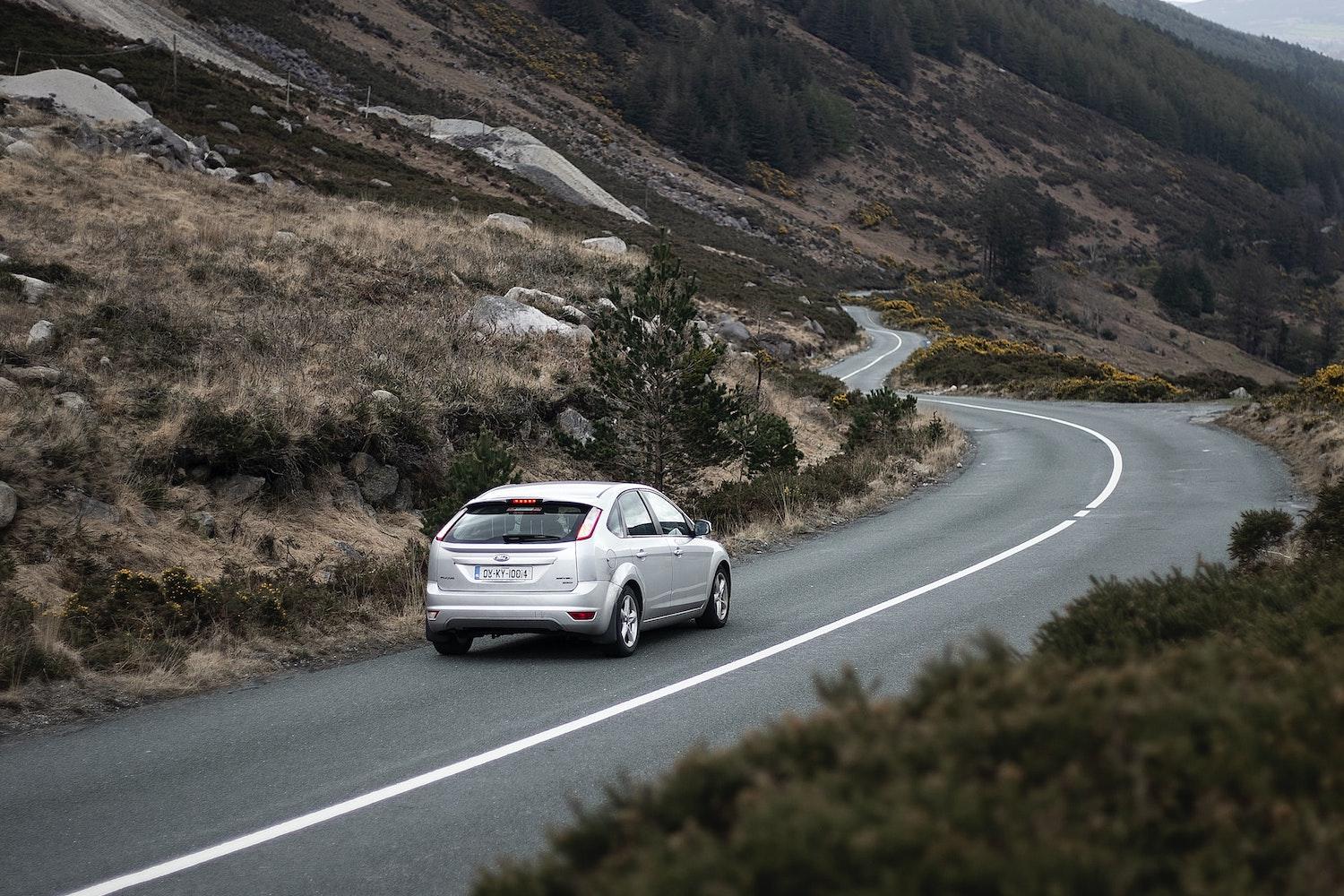
Tire and road wear particles (TRWP) are produced by abrasion at the interface of the pavement and tread surface and contain tread rubber with road mineral encrustations. Quantitative thermoanalytical methods capable of estimating TRWP concentrations are needed to assess the prevalence and environmental fate of these particles.
However, the presence of complex organic constituents in sediment and other environmental samples presents a challenge to the reliable determination of TRWP concentrations using current pyrolysis-gas chromatography–mass spectrometry (Py-GC–MS) methodologies.
Study highlights include:
- Improved method for tire and road wear particle mass concentration measurement
- Microfurnace pyrolysis evaluation included artificial and environmental sediment
- Enhancements included thermal desorption and chemical pretreatment
- Matrix effects successfully mitigated observed in complex environmental matrices
These refinements should help encourage the adoption of pyrolysis techniques for mass-based measurements of TRWP in environmental samples both near and distant from roadways.








